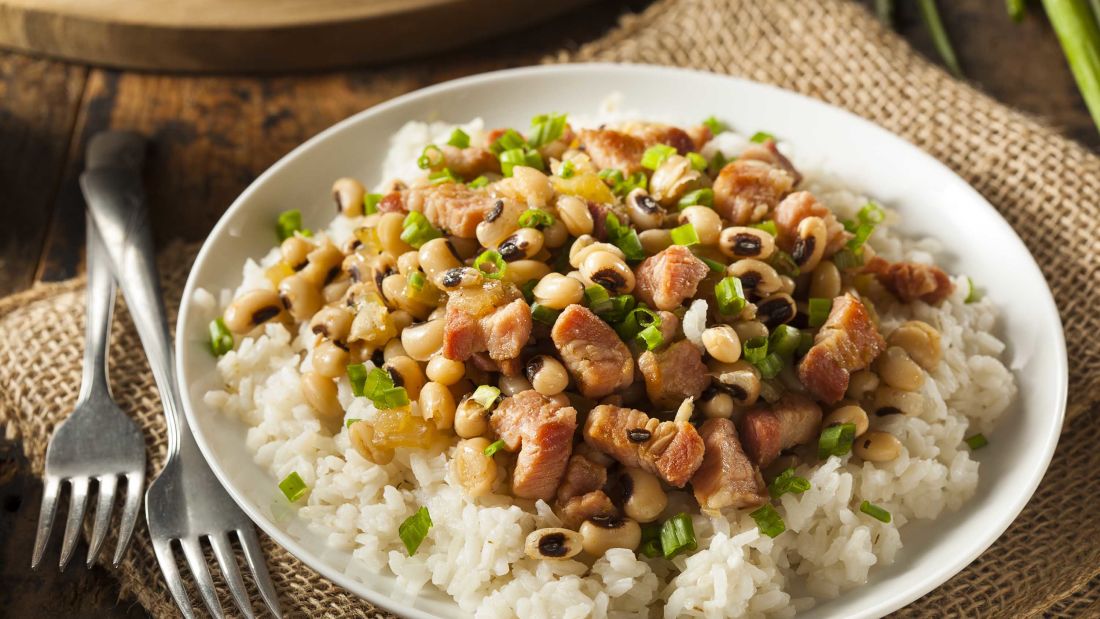They eat what? New Year's food traditions around the world
Amanda Kludt, Special to CNN • Updated 26th December 2017, http://www.cnn.com/travel/arti...raditions/index.html

(CNN) — Americans who celebrate on New Year's Eve with a bottle of champagne, party hats and a kiss at midnight have an important lesson to learn from the rest of the world and even certain regions of the USA: The arrival of the new year is meant for feasting.
As the new year arrives around the globe, special cakes and breads abound, as do long noodles (representing long life), field peas (representing coins), herring (representing abundance) and pigs (representing good luck).
The particulars vary, but the general theme is the same: Share a meal with family and friends to usher in a year of prosperity. Here are some of the common food traditions in destinations around the world and a few hints about where to partake in them:
